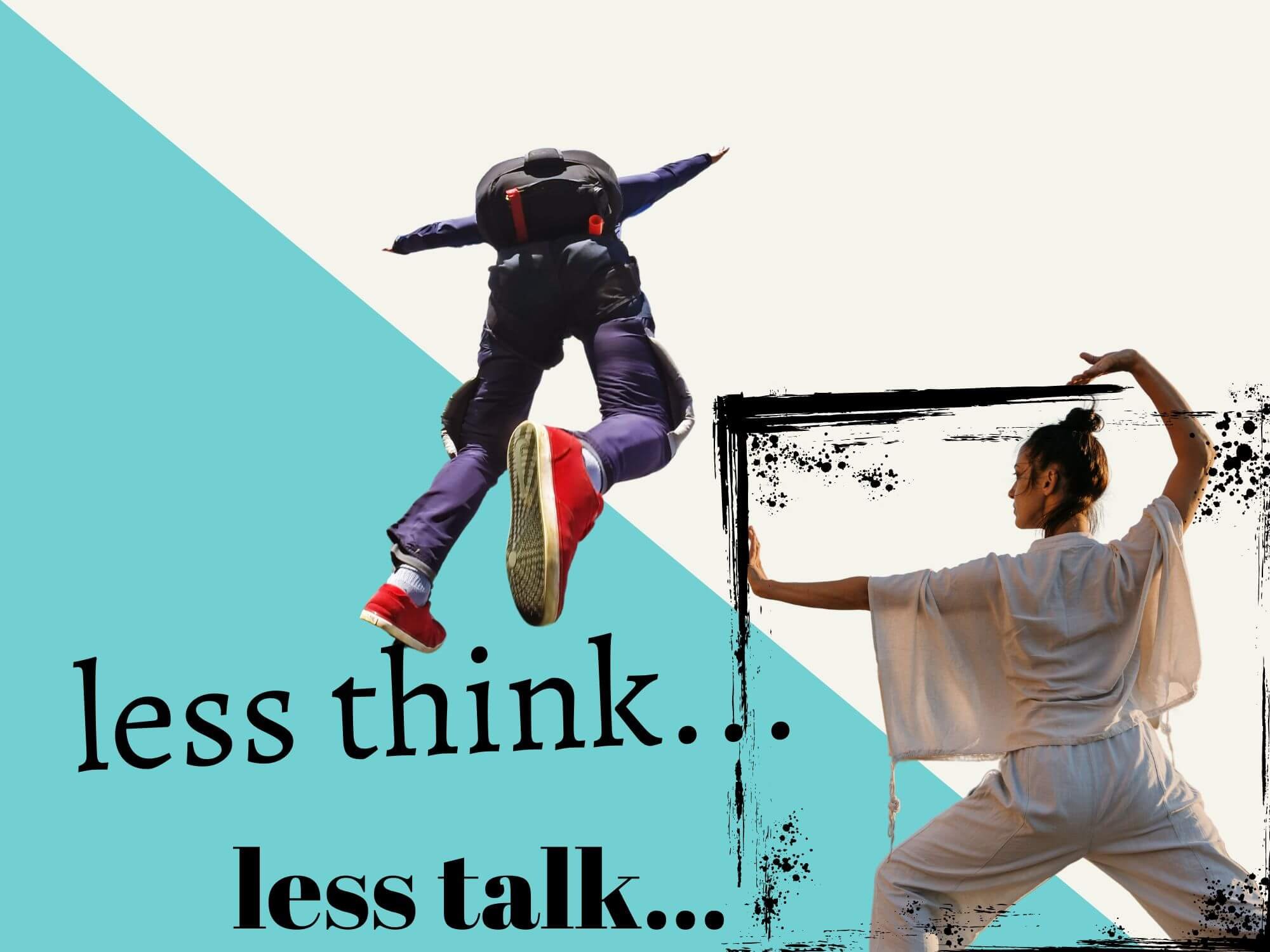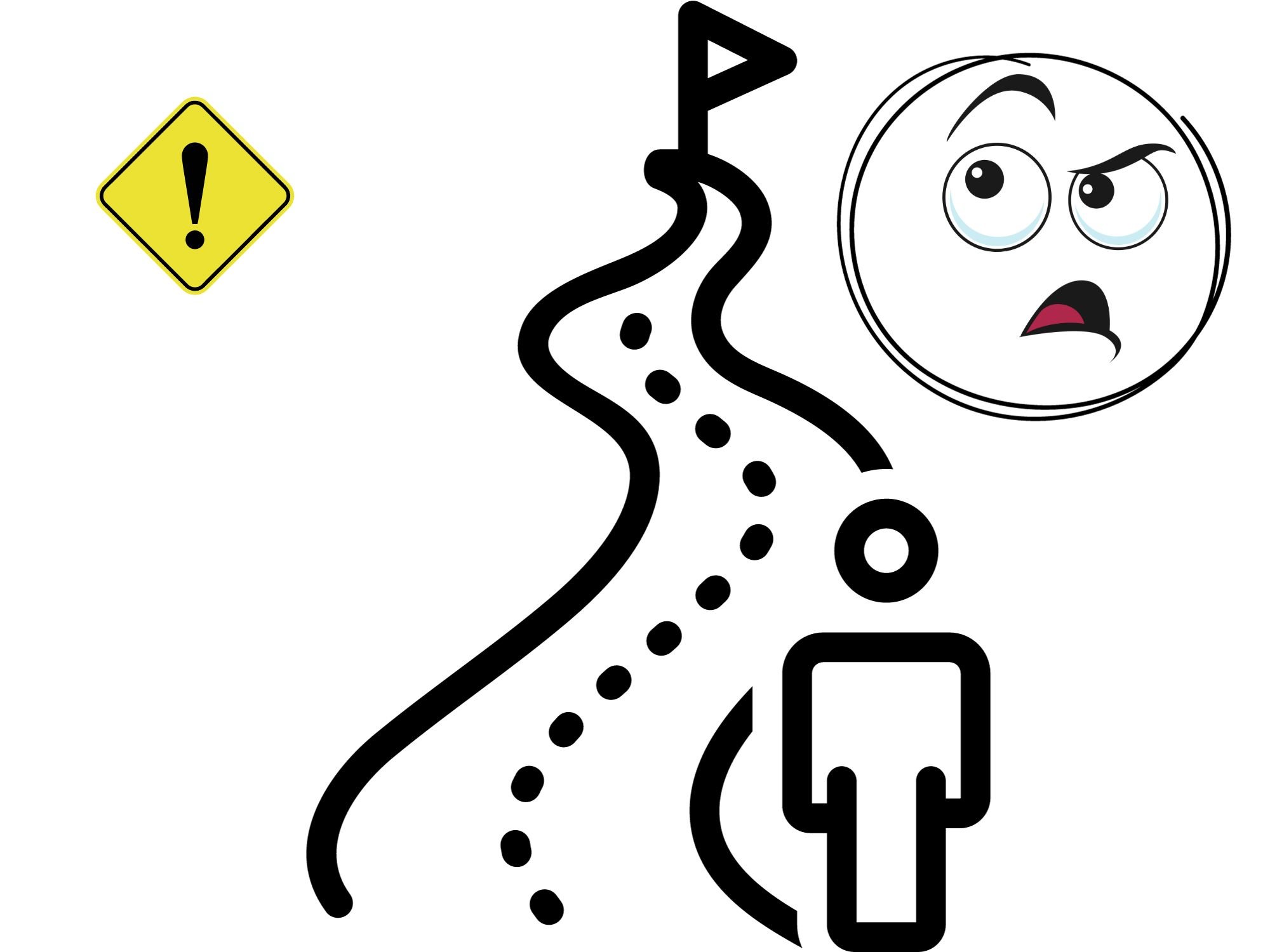My Life Organization System (how I do it all + time to spare)
I run a blog, work, write music everyday, exercise, skill build in AI and tech, travel, create videos and study Japanese. So how do I manage it all? A life organization system.
Of course, there are people doing much more (parents, for example), but this is just what’s working for me and my entrepreneurial-travel-creative lifestyle.
So if that resonates with you, keep on reading to explore my top tips and techniques.
Now, let’s get it.
Table of Contents Show
Hey there, just a heads up that some of the links in this post may be affiliate links. That means I earn a small commission. This is at no extra cost to you, but helps me keep the lights on. Thank you for your support!
What Is A Personal Life Organization System?
Personal productivity is a recent addition to my life. And it was born out of necessity.
I had countless goals and numerous hobbies. I needed a system to organize everything.
A personal life organization system is a customized structure for arranging and systematizing your tasks, goals and projects.
Like an organized closet or dressers in our rooms, organization can be anywhere (both digitally and physically).
So let’s look at a few more examples.
Life Organization Systems (examples)
Home filing cabinets and folders
Calendars and schedules
Meal planning
Morning and evening routines
Habit tracking
Management of personal finances
Personal Organization Systems (benefits)
Better prioritization (= better productivity)
Reduce stress and lessen your overwhelm
Better clarity for what you want and why
Improved time management and efficiency
Less mental effort (since you’ll have a clear map to follow)
Boost your flexibility and adaptability (systems are responsive)
A sense of personal fulfillment and pride
5 Personal Organization Tips (what I do)
Successful people know how to prioritize and manage time efficiently.
I’m still on my own journey with everything, but these are the tips that are helping me the most.
1. Know What You Want + Create Life Buckets
A solid system starts with clarity.
There’s a clear goal (or two) and it’s purpose-driven. So this is my first tip: know what you want.
Knowing what you want means you know what’s important to you. These priorities become your life categories.
Each category represents a key bucket in your life. My main buckets are:
Personal fulfillment
Social life
Financial health
Physical health
Mental health
Career
Each bucket has specific goals, habits and workflows.
This becomes your life framework — the blueprint to your life organization system.
So spend some time thinking about what your life buckets are and write out some specific goals for each one.
But don’t stress if you don’t have it all figured out.
Just try to have fun with it and keep things open for change.
2. Prioritize High-Impact Actions
Great life organization is prioritizing the things that have the biggest impact.
The Pareto Principle states that 80% of our results come from just 20% of our actions.
So the goal here is to find what our personal 20% is. An efficient life organization system doesn’t waste time with time-wasters.
For example, one of my life buckets is personal life fulfillment. This category is home to all of my creative projects, pursuits and personal brand goals (like this blog and my music).
So I need to isolate which actions will make the biggest splash for these goals (and which ones will just make ripples).
I prioritize the important stuff and automate, delegate or delete my lower-impact tasks (because ripples don’t make waves).
For me, my big-splash tasks (which support my personal life goals) include songwriting, publishing new articles and filming.
But my low-impact tasks include blog editing and spending hours in my bedroom studio tweaking a vocal chain to get the perfect effect (becoming a sound engineer is not my goal).
For blog editing, I automate things by using AI.
For music mixing (beyond knowing the basics needed for a good production), I either:
Use a preset (like a template to use as a springboard)
Use AI (perfect for quick demos)
Hire a mixer (for professional releases)
3. Know Your Bottlenecks
Bottlenecks are points of weakness.
They prevent processes from running smoothly and hinder progress.
But as they say, know thy enemy.
Here are some examples of bottlenecks that could get in the way of creating a life organization system:
Bad time management
Motivation issues
Skill gaps
A lack of resources
No clear direction
Unrealistic expectations or timelines
4. Create A Daily Workflow
At this point, we’ve identified our life buckets (and their goals), brainstormed which actions will have the biggest impact and identified our bottlenecks.
Now we can take all of that information and turn it into a daily workflow.
A workflow is a way to organize your tasks and to-dos. It becomes your daily schedule and supports habit formation.
I like to craft my workflow around my mood (depending on the time of day) and my lifestyle (whether or not I’m traveling).
Here’s an image of my basic workflow.
Your workflow should also address your bottlenecks.
For example, let’s say motivation is your weakest link.
Here, your workflow could address this by scheduling your most important tasks around the times of the day or week when you’re most motivated.
Alternatively, you could create a motivation ritual, such as consuming inspiring content on YouTube for 20 minutes.
You could schedule this routine into your daily workflow, prior to beginning your important tasks.
5. Create A Second Brain
Let’s give our brains a break.
Trying to remember all of our tasks, goals and systems is asking a lot. But we can create a personal liaison – like a second brain.
We have the technology!
I like to use digital tools to automate, organize, manage and visualize my life.
This is super helpful for staying on top of everything and tracking your progress.
So let’s briefly look at a few tools I like to use before wrapping things up.
5 Personal Organization Tools (what I use)
You don’t need expensive software or advanced features to create your life organization system.
And I love minimalism and essentialism.
So these are the tools that I use (and no more).
Notion (free)
Notion is the perfect project and life management tool.
I use it as a main hub and a place to draft the finer details of my creative projects.
Here’s how I currently use Notion for life (and creative project) organization:
Organizing AI tools and resources
Scripting creative projects
Managing the big picture for goals
Outlining my songs and music pipeline
You can grab a free account to try out Notion here.
Milanote (free)
Milanote is similar to Notion.
But it’s more visual and uses things like mood boards and mind mapping to organize your projects and lifestuff (I also find it a bit more user-friendly).
Here’s how I currently use Milanote:
To visualize my projects and workflows
To create mood boards of my favorite vibes and to plan project aesthetics
To work out process flows
You can grab a free account for Milanote here.
Todoist (free)
Todoist is another great platform for life organization.
It’s perfect for tracking your daily tasks and checking things off as you go.
For me, I use Notion and Milanote for the bigger picture stuff (like macro goals and project planning).
But Todoist is great for day-to-day life management — it’s your digital to-do list.
I don’t use it everyday, but here are a few specific use cases:
Build better habits with a tangible list to follow each day
Track your productivity and habits
Organize particularly busy days more effectively
Collaborate with others and use it as a central hub for task management
Centralize all of your tasks in one place by connecting with apps and calendars
You can grab a free account for Todoist here.
AI (many free)
AI is going to play an ever expanding role in our lives.
The amount of new tools and apps coming out (seemingly everyday) is inspiring — as much as it is overwhelming.
But it’s helpful to stay in the know and test platforms that strike a chord.
If you’re keen to start using AI (for life organization and beyond), here’s what I do:
Subscribe to a free AI newsletter (I use The Rundown)
Save the most relevant tools and topics from the newsletter in a separate document
Test out those tools and isolate the keepers
Rinse and repeat
Google Docs (free)
Google is still my go-to for organizing and managing ideas (mostly my blog stuff though).
It’s the first place I go for topic ideation and quick project scripting. It’s simple and minimal, which I like for brain dumping.
Once I flesh out the details of whatever thing I’m working on, I move my ideas to a more permanent home (like Notion, which has more advanced organization features).
But it also depends on the project.
If I’m writing a script for a travel video idea, I may start off with Notion and just use a video script template.
But if I’m doing keyword research for my blog, I find it easier to just jot everything down in a Google doc, organized by category headings.
(although, there are some exciting new AI tools for blog organization, so I may soon change)
But if you’re comfy with Google, it’s a great place to start your life organization journey.
Want More? Check Out These Sweet Reads!








